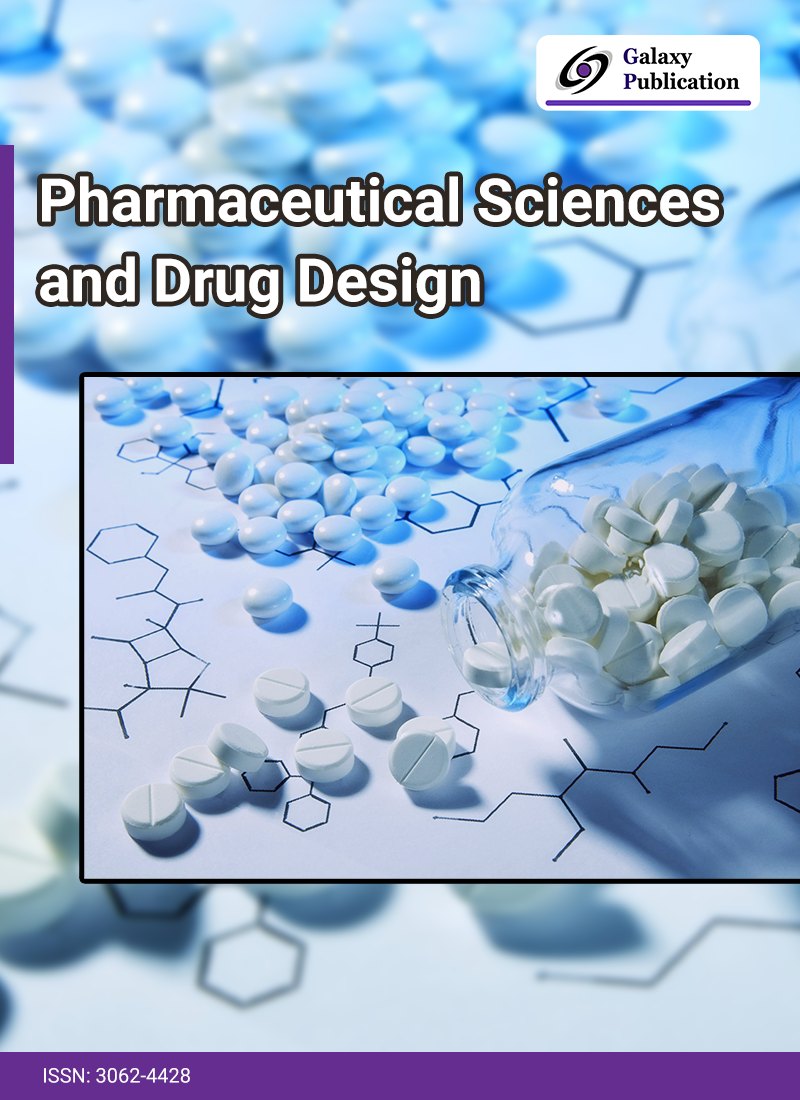
The transdermal drug delivery system (TDDS) has emerged as a significant advancement in drug administration, offering numerous benefits in pharmaceutical treatments. Transdermal patches, which deliver drugs through the skin, provide a systemic effect by allowing the drug to penetrate the dermis. This approach offers advantages such as continuous drug absorption, more stable plasma concentrations, reduced first-pass metabolism, fewer side effects, ease of use, and the ability to terminate treatment by simply removing the patch. TDDS stands out over traditional oral and intravenous drug delivery methods, ensuring controlled drug release for prolonged therapeutic effects. The development of transdermal patches has spurred extensive research into chemical and physical approaches to optimize their performance. Early-generation systems primarily focused on delivering small, lipophilic, low-dose drugs, while more advanced systems incorporate chemical enhancers, ultrasound, and iontophoresis for real-time regulation of drug release. Cutting-edge third-generation systems use technologies such as microneedles, thermal ablation, microdermabrasion, electroporation, and cavitational ultrasound to improve drug permeability through the outer layer of the skin. This article provides an overview of the development of different types of transdermal patches, explores methods for assessing transdermal drug delivery, and highlights the ongoing progress in TDDS technology.